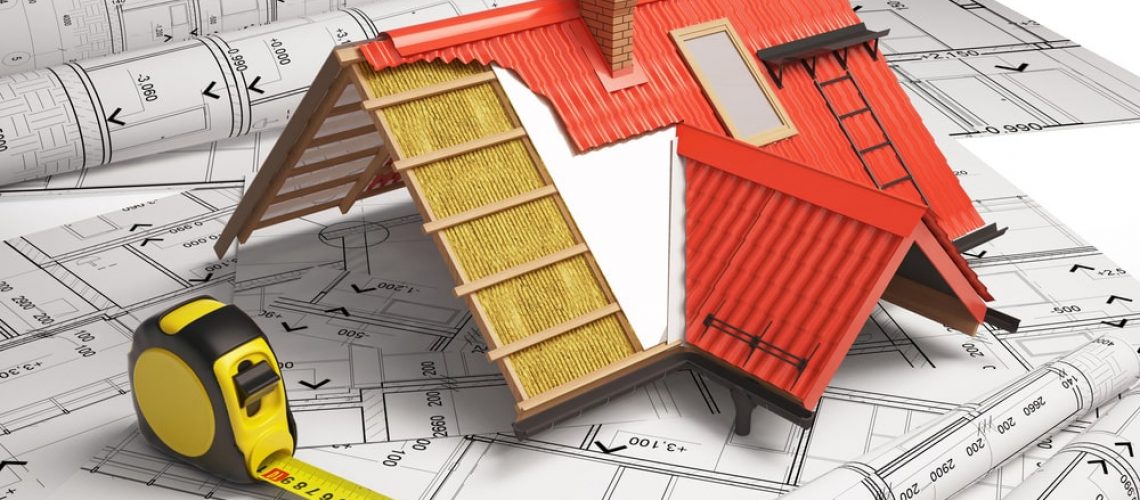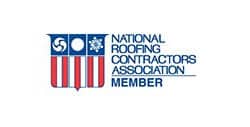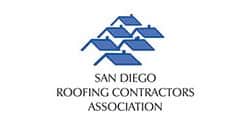You shouldn’t be shocked if you don’t completely understand how to insulate your attic. Although, knowing how to insulate an attic roof is something you should educate yourself on to lower your monthly expenses. Proper attic insulation allows you to be confident that you have a sealed attic and are efficient in controlling the climate in your home’s conditioned space for a lower utility bill each month. It also reduces strain on your HVAC system. While the upfront roof installation cost isn’t small, the money you save on maintenance and bills each month will significantly offset the initial price, and because good roof insulation can last decades, it will eventually pay for itself.
So how do you determine if it’s time to replace it? While the best way to find out is to hire a roof inspector, a few key signs suggest that it’s time for an upgrade. When your insulation isn’t cut out for the job, you may notice some rooms stay hot or cold no matter what you set the thermostat at, and your cooling or heating system will stay running for longer each day. You may also notice drafts in certain areas of your home. Typically, if you’ve had a rodent infestation recently, they likely damaged your existing insulation. However, before you set out to replace it, you should do a few things first.
Attic and roof inspections
You should have your roof inspected before installing new insulation. A water leak can destroy your new insulation very quickly. Worse, it can cause serious structural damage if it goes unnoticed, as well as result in mildew and mold forming, which can trigger allergies and other problems. In some cases, installing new insulation on a roof that needs replacement can be a waste of money.
This inspection will also provide you the opportunity to plug any air leaks that are making your HVAC system work harder. A professional roofer is able to ensure you don’t have an unvented attic and evaluate your attic ventilation to make sure it is adequate for your home. A vented attic space can prevent condensation and move out excess hot air during the summer. They can also evaluate your vapor barrier or vapor retarder. A vapor barrier is a material used to prevent water from diffusing into the wall, which can cause significant damage to your roof deck. During the inspection, they will check your existing insulation for mold and damage, and determine whether it needs to be removed before adding more.
Choosing the right insulation
Once you’ve completed the inspection, you can select the best attic roof insulation material for your needs and budget. Each insulation material has an associated R-value with it, which rates its ability to insulate. Choosing the best R-value will depend on the climate in your area and whether or not you are installing over existing insulation.
For decades, most homes were built with fiberglass insulation for pitched or flat roof insulation because it’s cheap and easy to install. Fiberglass blanket insulation is rolled out over the attic floor, but it is easily damaged and doesn’t work as well as newer, more advanced options that can prevent heat loss and transfer year-round. If you want to receive the best value for your insulation, you might want to avoid fiberglass insulation and invest in a pricier option.
Spray foam insulation and rigid foam insulation are two of the most popular choices for replacing old fiberglass blanket insulation. Spray foam insulation offers superior protection from air leaks because it’s incredibly soft and flexible when it’s first applied. It can get inside tiny gaps and crevices, where it will expand and harden into place. Once it’s bonded, it’s able to block air and even some moisture, and it is able to flex as wood changes shape throughout the year. For a professional with experience, it’s easy to install. However, the cost per square foot is higher than other options. Another drawback is that it can’t be applied to the bottom of the attic rafters.
Rigid foam insulation is stiff, allowing it to be used both between roof rafters and directly underneath them. It’s less expensive to install than spray foam, but it does require more work to cut the rigid roof insulation foam boards and place them. It also isn’t as good at sealing up small cracks, and in many cases, you’ll have to use a spray foam barrier around them to get the best results.
Loose-fill cellulose insulation works by creating a dense layer that prevents air from moving around. It’s a popular choice because it’s made from safe, recycled materials and it’s effective at minimizing fire damage. The cellulose is made from paper and wood pulp, and it is blown into place.
Avoiding DIY mishaps
Regardless of what type of insulation is chosen, the best way to avoid mistakes is to hire a professional. They can help you evaluate your existing installation and choose the right kind for your budget and the needs in your specific climate. They will also have the experience and tools to install your insulation correctly, and the proper safety gear to avoid damaging their eyes or lungs while they work.
Preman Roofing Solar has offered San Diego roofing services for over 20 years. We’ve worked on thousands of commercial roofing and residential roofing projects to provide insulation, maintenance, roof installations, and solar energy systems. Contact us today for a free estimate, and learn more about how we can help lower your monthly energy costs.








